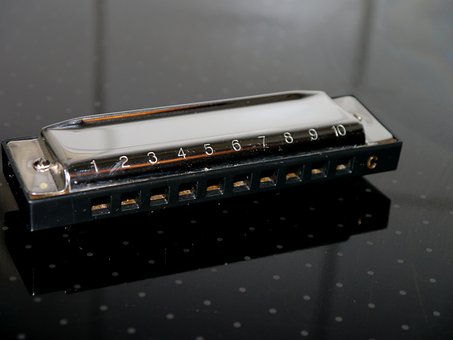 I've been conducting testing this week and got just a bit behind. At night, I've been watching Numb3rs and the episode I saw last night mentioned musical scales and math.
I've been conducting testing this week and got just a bit behind. At night, I've been watching Numb3rs and the episode I saw last night mentioned musical scales and math.The comment suggested the pentatonic scale is based on fractions. When I heard that, my mind went wow! and cool! at the same time.
I have students who love music and this might be a way for them to become more interested in math.
I mentioned this to a friend who has a good background in musical theory and he replied oh yeah to find the next note in the modern scale you multiply the frequency of the note by the 12th root of 2. That totally blew my mind because I didn't realize it was that mathematical. They've established the note of A is 440 Hz.
It turns out Pythagoras, the man who formulated the Pythagorean Theorem, stated that pleasing sounds come from frequencies with simple ratios. If you play music you've heard of octaves with a ratio of 2 to 1, perfect fifths with a ratio of 3 to 2, a perfect fourth is 4 to 3, and major thirds with a ratio of 5 to 4.
This means that if an A is 440 Hz, a perfect fifth would be 660 Hz because 660 to 440 is a 3 to 2 ratio. This is a cool idea that certain types of notes are based on ratios. A perfect third would be 550 to 440 Hz while an octave is 880 to 440.
Another way to look at the ratios is based on the waves. The ratio for E to C is about 5 to 4 or every 5th wave of E matches up with every 4th wave of C. The actual ratios are approximate in reality and are as follows.
1. Middle C which is considered as a whole.
2. D has a ratio of 9 to 8 to middle C
3. E has a ratio of 5 to 4 to middle C
4. F has a ratio of 4 to 3 to middle C
5. G has a ratio of 3 to 2 to middle C
6. A has a ratio of 5 to 3 to middle C
7. B has a ratio of 17 to 9 to middle C
This is a new use of ratios and fractions I have not known about before. Next time I teach ratios, I'm going to include this material. Let me know what you think.
Now it is not always this simple but its a
No comments:
Post a Comment